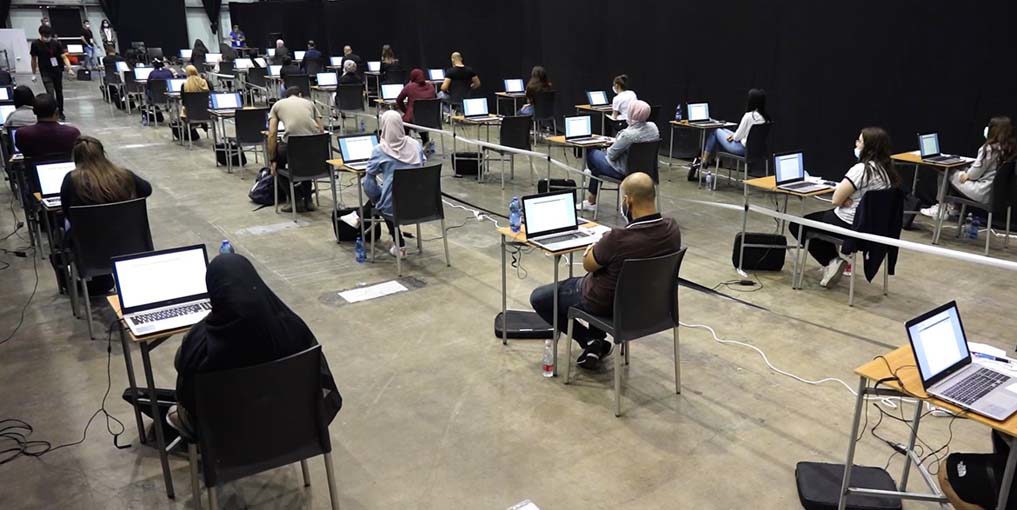Content and Structure of Post-Basic Licensure Examination
Ahead of registration in the Nursing Licensure Registry
Ahead of registration in the Nursing Licensure Registry

Have you completed your studies in an advanced nursing course? To register as a graduate of this course in the Nursing Licensure Registry, and in accordance with the People's Health Regulation, 5749-1988, you must successfully complete the post-basic licensure examination in the course that you studied.
The post-basic licensure examination is administered in several routes:
The examination includes components of knowledge and components of performance of psychomotor and communication skills. The examination includes reality-simulating clinical situations. Examinees go through 6-8 stations (simulations) over the course of the examination day, in a mix determined according to the characteristics of the field.
The types of stations (see further information at the bottom of the page):
The examination is composed of two stages:
The examination is strictly theoretical, and consists of 100 multiple choices ("American") questions.
The examination is computed-aided, and consists of 50 multiple choices ("American") questions. (Until 1.3.2022).
The examination is administered orally vis-à-vis an examination board and based on case presentation and analysis.
The examination contents are based on the curriculum in the relevant field and the current syllabus of the course that you completed.
The licensure examination for advanced nursing courses are only held in Hebrew.
The examinee's eligibility to test in the licensure examination is determined once he or she meets all of the requirements of the binding study program.
There are 2 types of performance stations: a simulator and a procedure station. The examination in these stations is according to the field of the advanced nursing course.
In this station, you will be asked to treat a developing case and to perform numerous actions such as: perform assessment procedures, nursing actions, test result interpretation, decision-making and more.
Furthermore, you will also need to demonstrate the performance of procedures and to give oral answers to structured and pre-determined questions.
In this station, an examinee, a simulator and an examiner are in the room.
The duration of this station is determined according to the field:
In this station you will be asked to demonstrate skill in the performance of an individual procedure, protocol.
In this station, an examinee, a simulator/model/manikin and an examiner are in the room.
The duration of this station: 5 minutes
In this station you will be asked to conduct a meeting with a patient or a family member and to take their history, perform assessment procedures, perform auxiliary tests, provide guidance and so on. In this station an examinee and an actor are in the room. The examiner will observe through a one-way window.
The duration of this station is determined according to the field:
In this station will be asked to provide explanations about your conduct in the simulation vis-à-vis the actor, and to demonstrate knowledge and mastery of additional subjects. In this stations there will be an examinee and an examiner. The examiner presents structured and pre-determined questions according to what unfolded in the simulation station.
The duration of this station: 9 minutes
In this station you will be presented with a patient. The data about the patient will be presented in a video/audio/text on screen. You will be presented with questions related to your management of the patient's treatment, the review of the patient's blood tests and diagnosis, as well as the patient's medical condition. You will need to type in your answers on the computer according to the instructions.
The duration of this station: 20 minutes